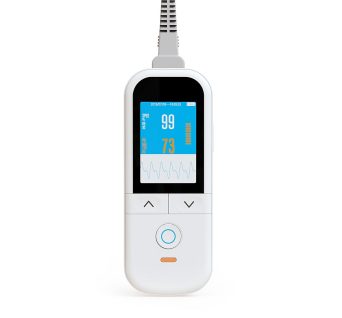Subtotal: $39.99
Pulse Oximeters
Showing all 3 resultsSorted by popularity
- Pulse Oximeters
Pulse Oximeter, Blood Oxygen Monitor
Meet One of the World’s Most Advanced Pulse Oximeters
Pulse Oximeter measures your Oxygen Saturation (Sp02) & Pulse Rate.
The oximeter is portable and ideal for monitoring respiratory conditions; pre/post-exercise and pre/post-operative conditions.
SKU: 200201 - Pulse Oximeters
Handheld Pulse Oximeter, Rechargeable
Rechargeable, large display and accurate sensor probe.
Pulse oximeter is perfect for use at home as well as suitable to be used in a hospital or a medical facility. It measures pulse and oxygen saturation level.
Continuous pulse oximeter runs off all digital technology and is intended for non-invasive spot check measurement of human hemoglobin/oxygen saturation levels and heart rate through the hospital type finger sensor.
SKU: 200202
Pulse Oximeter
A pulse oximeter is a small, non-invasive medical device used to measure the oxygen saturation level in a person's blood. It provides a quick and reliable way to monitor the amount of oxygen carried by the hemoglobin in the bloodstream, as well as the pulse rate (heart rate).
The device typically consists of a small clip or probe that is attached to a person's finger, toe, or earlobe. It uses light-emitting diodes (LEDs) to emit light of two different wavelengths through the skin and blood vessels. The light is then detected by a sensor on the other side of the probe. Oxygenated hemoglobin absorbs one wavelength of light more than the other, while deoxygenated hemoglobin absorbs the other wavelength more. By measuring the differences in absorption, the pulse oximeter can calculate the oxygen saturation level in the blood.
Oxygen saturation is expressed as a percentage, with normal levels typically ranging from 95% to 100%. A pulse oximeter reading below 90% may indicate hypoxemia, which is a lower than normal level of oxygen in the blood. It can be a valuable tool for monitoring respiratory conditions such as asthma, chronic obstructive pulmonary disease (COPD), and other lung disorders. It is also commonly used during surgery, in intensive care units (ICUs), and for home monitoring of patients with respiratory issues.
Pulse oximeters are user-friendly and provide real-time oxygen saturation and pulse rate readings. They are especially helpful in detecting early signs of hypoxemia or respiratory distress, allowing for timely medical intervention. However, it's important to note that pulse oximeters may not be as accurate in certain situations, such as when there is poor circulation, excessive movement, or certain skin conditions that affect light absorption.
For medical advice or concerns about your health, always consult a healthcare professional.
How accurate is a finger oximeters?
Finger pulse oximeters are generally considered to be reasonably accurate for measuring oxygen saturation levels (SpO2) and pulse rates in most individuals. The accuracy of finger oximeters can vary based on several factors, including the quality of the device, the person's physiology, and the conditions under which it is used.
In ideal conditions, when the finger oximeter is used correctly, most devices can provide SpO2 readings within a range of ±2% to ±4% of the actual oxygen saturation level. This means that if a person's true oxygen saturation level is 95%, the finger oximeter may read anywhere from 91% to 97%.
Several factors can affect the accuracy of finger oximeters:
Peripheral perfusion: The accuracy of finger oximeters depends on the quality of blood flow to the fingers. Poor peripheral perfusion, which can be caused by cold fingers, low blood pressure, or certain medical conditions, can lead to less accurate readings.
Motion artifacts: Excessive movement or shaking of the hand or finger can interfere with the oximeter's ability to provide accurate readings.
Nail polish or artificial nails: Colored nail polish or artificial nails can affect the light transmission through the finger, potentially leading to inaccurate readings.
Skin pigmentation: Dark skin pigmentation may interfere with the light absorption and affect the accuracy of the readings.
Low oxygen levels: At very low oxygen saturation levels, the accuracy of finger oximeters may be reduced.
Despite these limitations, finger pulse oximeters are widely used and provide valuable information for monitoring oxygen levels and pulse rates in various settings, including hospitals, clinics, and home use. They are particularly useful for detecting early signs of hypoxemia or respiratory distress, especially in individuals with respiratory conditions like asthma or COPD.
For critical medical decisions or accurate monitoring, healthcare professionals may use more advanced pulse oximeters with additional features and better accuracy. If you have concerns about your oxygen levels or respiratory health, it's always best to consult with a healthcare professional. They can guide you on the appropriate use of a finger oximeter and interpret the results in the context of your overall health and medical history.
What are the 2 readings on a pulse oximeter?
On a pulse oximeter, you typically see two readings:
Oxygen Saturation (SpO2): This reading represents the percentage of hemoglobin in the blood that is saturated with oxygen. It indicates the oxygen-carrying capacity of the blood. Oxygen saturation is a crucial measure of how well your lungs and circulatory system are delivering oxygen to your body's tissues. A normal oxygen saturation level for a healthy individual is usually between 95% and 100%.
Pulse Rate: The pulse rate reading indicates the number of heartbeats per minute. It measures the rate at which your heart is pumping blood throughout your body. The pulse rate is a vital sign that provides insights into your cardiovascular health. A normal resting heart rate for adults is typically between 60 and 100 beats per minute.
When you use a pulse oximeter, you place the device on your finger, toe, or earlobe, and it emits light through the skin to measure the oxygen saturation level by analyzing the light absorption of the hemoglobin in your blood. Simultaneously, the pulse oximeter also detects the pulsatile flow of blood caused by your heartbeats, allowing it to calculate your pulse rate.
Both oxygen saturation and pulse rate readings are valuable for monitoring respiratory health, especially in individuals with lung conditions, heart conditions, or during certain medical procedures. Additionally, they can be useful during physical activities, sleep monitoring, and in medical settings such as hospitals and clinics for assessing patients' health status. Always consult with a healthcare professional if you have concerns about your oxygen saturation or pulse rate readings or if you need help interpreting the results.
Why does skin pigmentation affect pulse oximetry?
Skin pigmentation can affect pulse oximetry because the color and thickness of the skin can influence the accuracy of the readings obtained by the pulse oximeter. Pulse oximeters work by shining light through the skin and measuring the amount of light absorbed by the blood to determine oxygen saturation levels. The two wavelengths of light used in pulse oximetry are red and infrared.
The presence of melanin, which is the pigment responsible for skin color, can interfere with the transmission of light through the skin. Melanin absorbs both red and infrared light, and this absorption can vary depending on the individual's skin pigmentation. In people with darker skin tones, more light is absorbed by the melanin in the skin, and this can lead to less light reaching the blood vessels beneath the skin's surface. Consequently, the pulse oximeter may have difficulty accurately detecting the oxygen saturation levels in individuals with darker skin.
Additionally, nail polish or artificial nails can also affect pulse oximetry readings, as they can block or scatter the light, leading to less accurate results.
For individuals with darker skin tones or those wearing nail polish, healthcare professionals may need to be aware of potential inaccuracies in pulse oximeter readings and take other clinical signs into consideration while interpreting the results. In some cases, medical professionals may use alternate sites for pulse oximetry, such as the earlobe or the bridge of the nose, which may provide more accurate readings in individuals with darker skin tones.
Despite these limitations, pulse oximetry remains a valuable and widely used tool for monitoring oxygen saturation and pulse rate in a variety of settings. However, in critical situations or when precise measurements are necessary, healthcare providers may consider other monitoring methods or use specialized pulse oximeters that are designed to account for skin pigmentation variations.
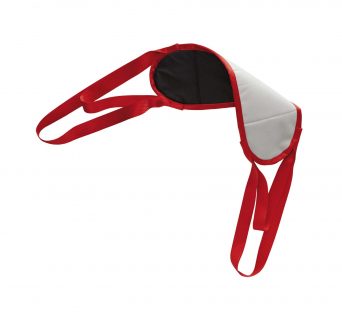
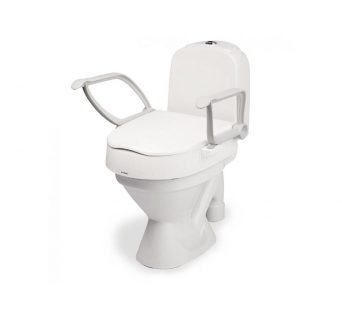
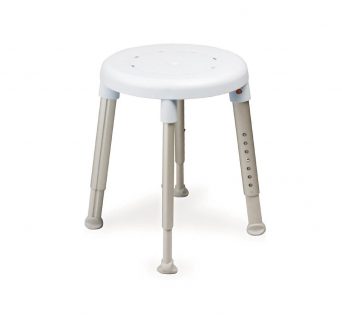
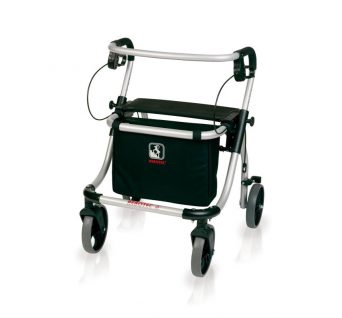
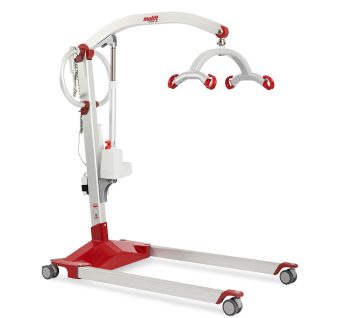

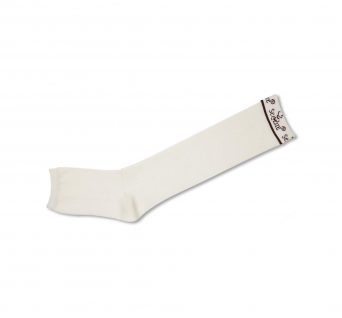

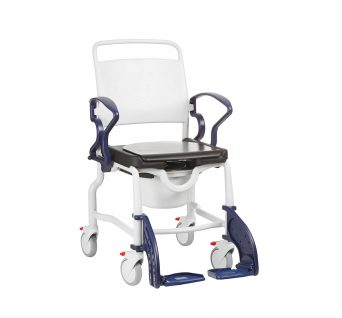
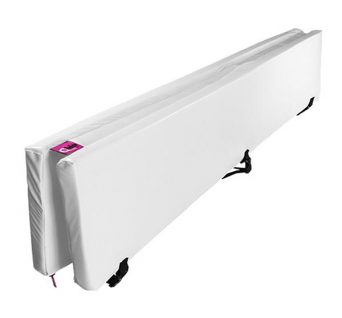
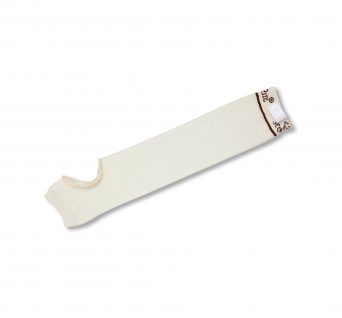
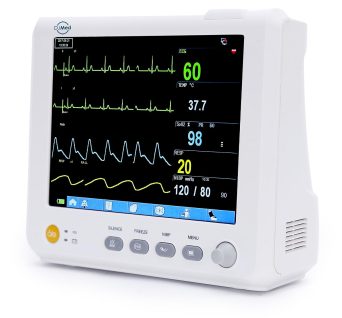

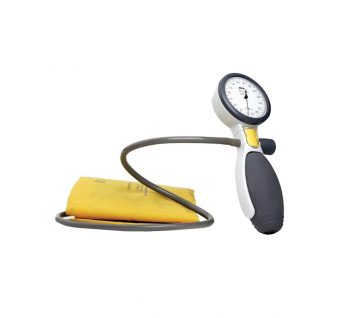
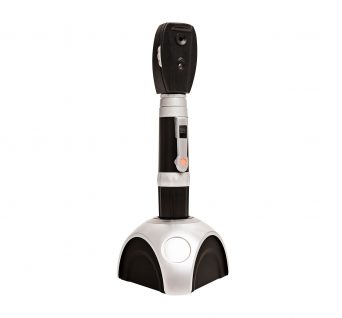
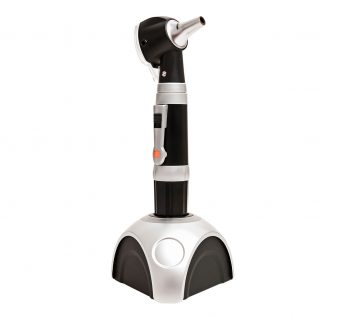

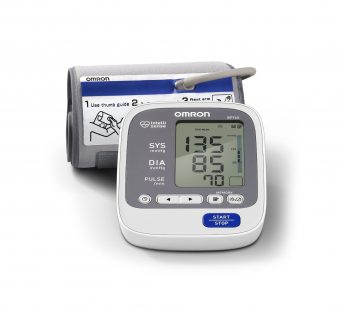
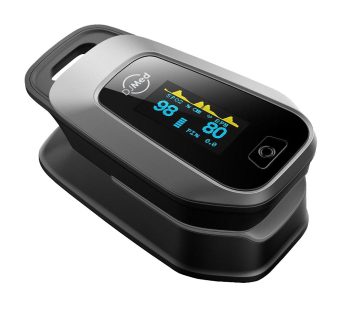
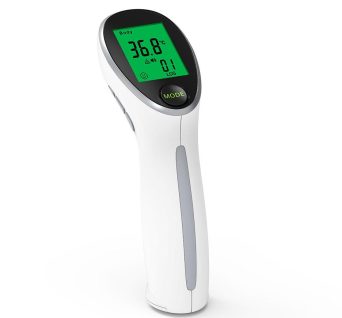
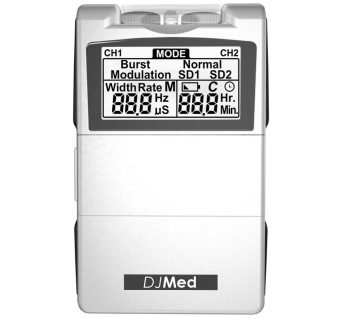
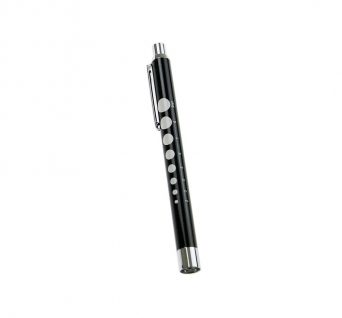
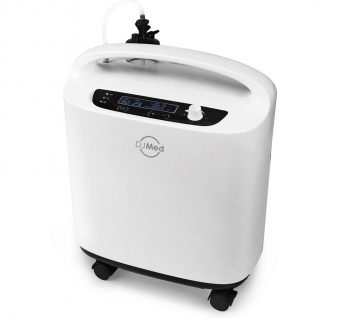
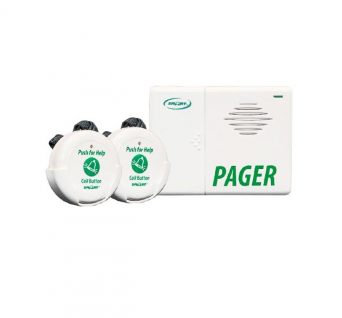
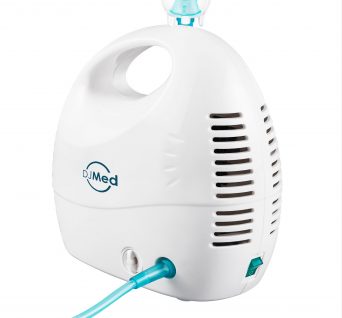
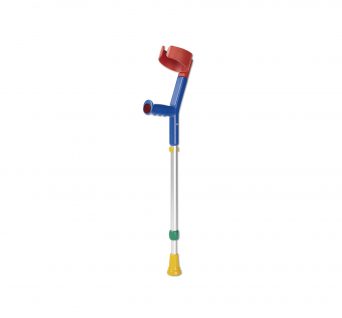
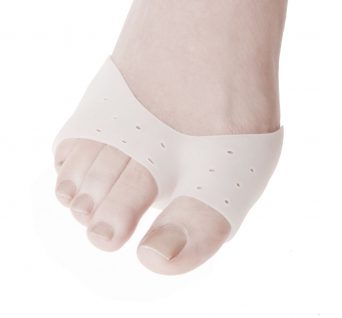

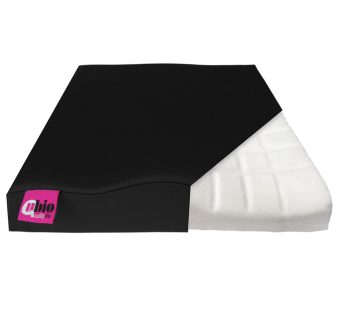

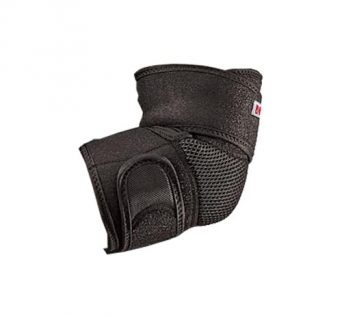
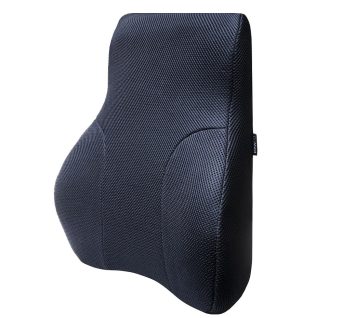

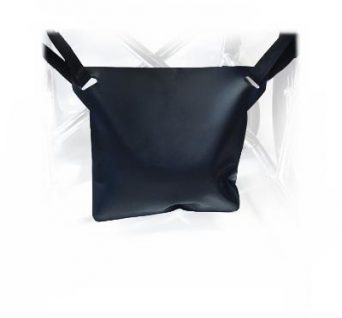
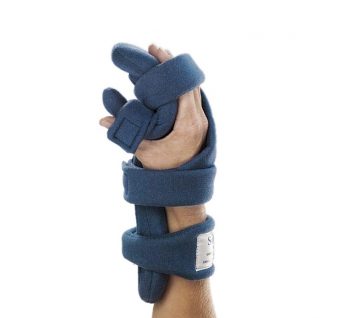
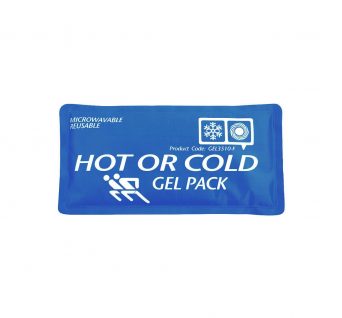
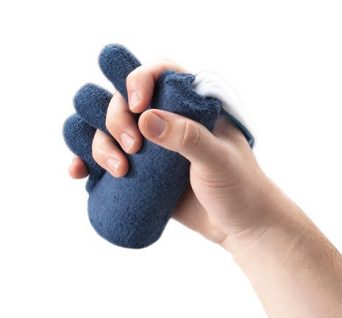
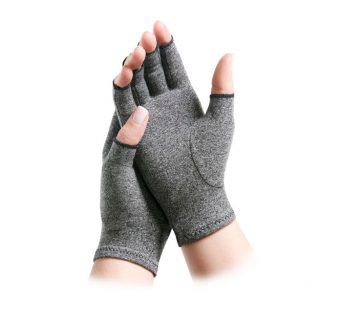


 Remote Control For Oxygen Concentrator
Remote Control For Oxygen Concentrator 
